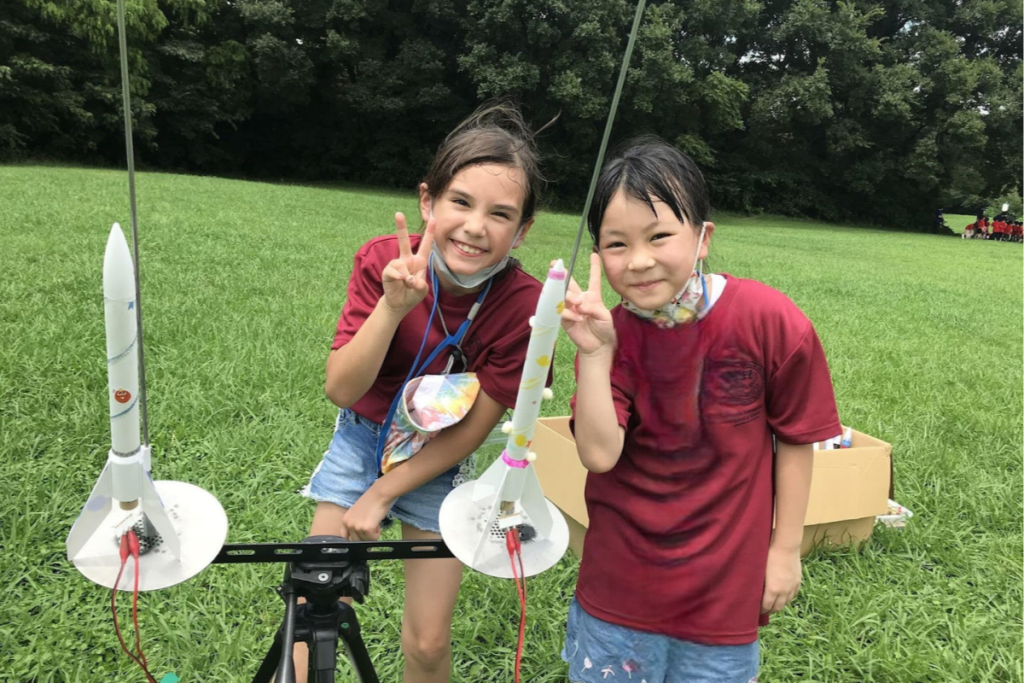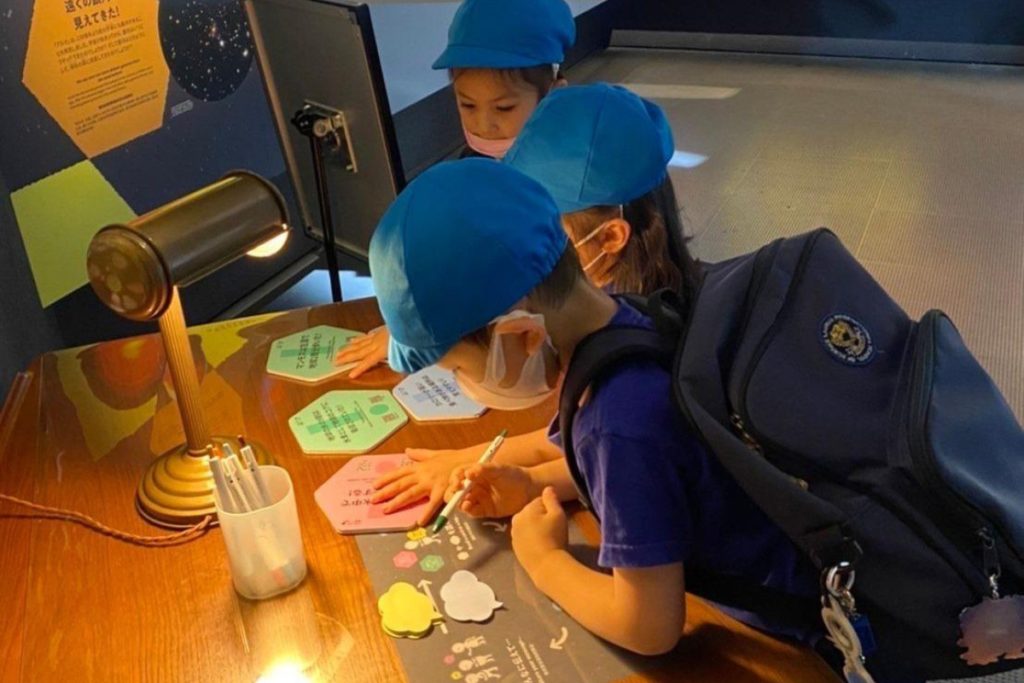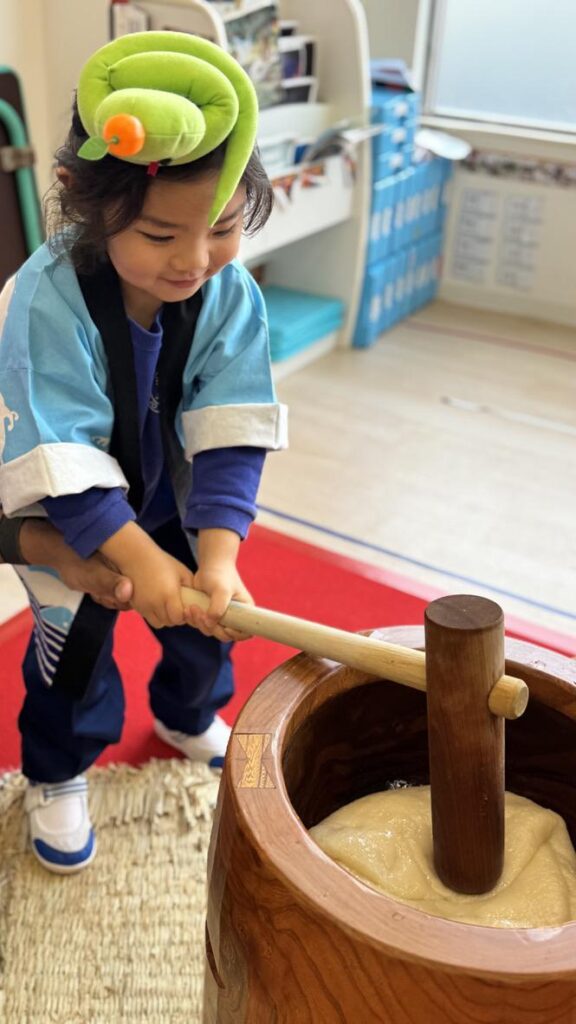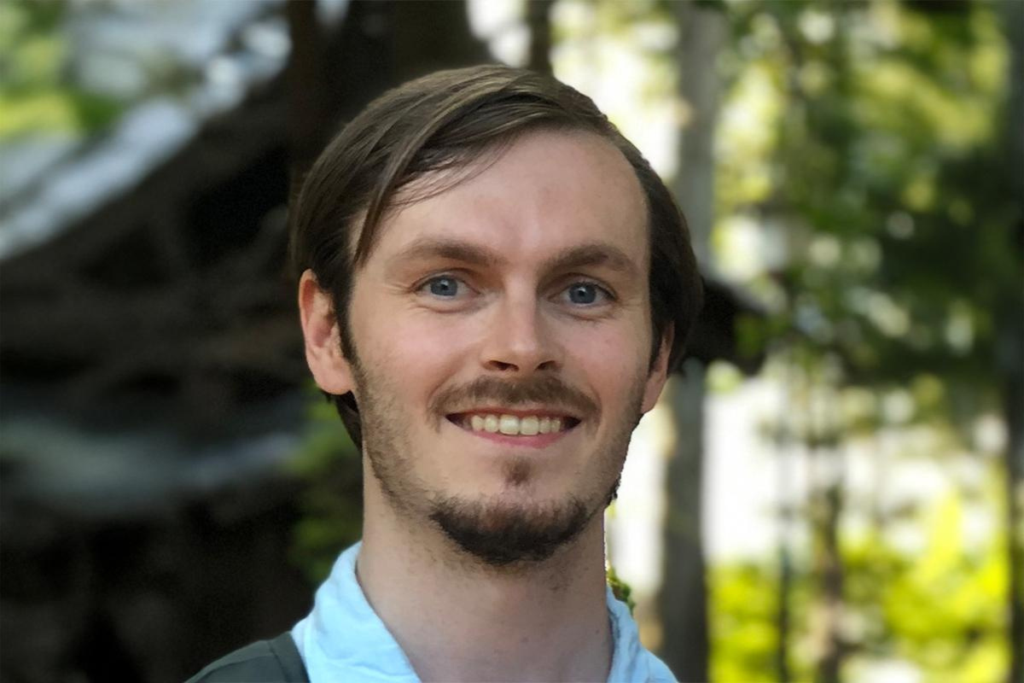Modern Ideas with Traditional Roots: Developing STEM Education in the Heart of Tokyo
Tokyo’s dynamic landscape is perfectly positioned as a home for creating opportunities in STEM education, with examples of cutting-edge technology coexisting alongside a rich cultural heritage and centuries-old traditions. This distinctive environment presents a wide array of opportunities to blend modern innovations with traditional values, resulting in an educational experience that is forward-thinking and culturally grounded.
Fusion of Innovation and Tradition
The Tokyo cityscape offers a seamless juxtaposition of old and new, with ancient temples and skyscrapers coexisting side by side, and this works as the perfect visual metaphor for the way that Japanese people value tradition, culture, development and technology in equal measures. Embracing this mindset has been fundamental while developing various STEM curricula at Laurus International School of Science.
It’s all too easy to dismiss the importance of traditional ideas in STEM education, with online searches consistently offering up images of space travel, advanced robots and complex scientific equipment. However, you may be surprised to learn that the iterative design process that is at the heart of STEM education is almost identical to centuries-old Japanese ideals, such as the spirits of monozukuri (which encourages a dedication to constant development and improvement) and kaizen (adapting to challenges and to always be on the lookout for more efficient solutions).

I always encourage our teachers at Laurus International School to leverage these concepts along with their own lesson planning. One of the ways that we do this is by regularly reviewing the content of our curriculum to identify opportunities to replace or update lessons with new ideas. To ensure that students engage with the outlined learning objectives more readily, we adapt content to let each individual teacher’s passions and interests shine through wherever possible. After all, you can’t make a child learn something, but if you can create a genuine and fun environment, they’re more likely to become self-motivated to ask questions and learn more.
Role of Tokyo as a Learning Hub
Being situated in the heart of Tokyo, our staff and teachers at Laurus International School can take full advantage of a wide range of opportunities to supplement and further the lessons that students receive—whether they be more traditional or modern.
With tradition in mind, our students have enjoyed visits to the Tokyo Toy Museum—an indoor playground situated in a former elementary school where our students were able to get hands-on with traditional toys. The thrill of exploring how simple materials can be used to create anything from the tiniest trinkets to the grandest playthings offered a fresh perspective on the diverse world of toys.
To complement this foundation of our students’ understanding of construction, another field trip to experience the futuristic wonders of Miraikan (The National Museum of Emerging Science and Innovation) allowed the children to get hands-on with more advanced robotics, space exploration and sustainability.
Despite being in very different locations, both of these visits managed to reinforce the students’ learning, including principles of strength in construction, colour theory and light refraction. The ability for children to see how abstract ideas learned in the classroom can be applied to a wide range of practical activities reinforces the earlier point about creating fun environments—something Tokyo offers in abundance—that inspire students to want to learn more.


Preparing Students for Global Success
As I see the calibre of students in Laurus International School increasing year over year, there is a constant challenge to keep our curricula and ideas as fresh as possible. Fortunately, with Japan’s influence in fields such as robotics, automation and sustainable engineering, we have an overabundance of information and resources at our disposal. This, coupled with an immersive English-language learning environment, provides ample opportunities to prepare students not only for careers in Japan, but also for success in other countries.
Through the inclusion of traditional Japanese values to provide a stable foundation for STEM education, students develop the patience and cultural awareness that allows them to fully utilize the modern skills and knowledge that their lessons provide. Integrating traditional Japanese core values such as respect, integrity, unity and perseverance in everything that we do ensures our students are able to take ownership of their own learning and will naturally come to approach their studies with a sense of responsibility and global awareness.
Japan’s focus on lifelong learning and dedication to mastering any given task—seen in traditional arts like calligraphy, tea ceremonies and martial arts—reinforces the idea that education extends beyond the classroom. Students benefit greatly from this mindset, understanding that knowledge is not a “one and done” sort of deal, rather that they are embarking on a continuous journey of study, adaptation and improvement. This idea that learning is never static better prepares them for an ever-evolving technological landscape, and this cultural perspective helps to foster a sense of resilience and a pro-active mentality.


As Shogun Tokugawa Ieyasu once said, “a tree that bends in the wind is stronger than a tree that resists”. This wisdom speaks to the importance of adaptability, resilience and openness to change—qualities that define success in STEM fields. As a tree must sway with the wind to survive harsh storms, by encouraging our students to learn to be flexible and embrace challenges, we massively increase their chances of thriving in an era of rapid technological advancement. By embracing modern ideas without compromising on our Japanese roots, we manage to maintain our cultural identity while embracing technological progress.
Ultimately, Tokyo provides a singularly diverse environment embracing both innovation and tradition that enriches STEM education, preparing students for the careers of tomorrow and shaping them into responsible, thoughtful global citizens.
About the Writer

Andy Kellock is the Head of IT & STEM Coordinator at Laurus International School of Science, where he has led their STEM education for the past seven years as well as the initial development of their e-learning platform. Originally from Scotland, his journey as an educator began at just 11 years old, teaching music as a world championship-winning bagpipe player. Having lived in Japan for 11 years, he first taught in Koriyama, Fukushima Prefecture, where he assisted with research papers at Fukushima Medical University and taught at Koriyama Joho Business College.

